Abstract Painting: Seeing Faces and Forms in Art
Abstract Painting and How We Recognize Forms
Abstract painting may look mysterious. Yet viewers often notice shapes that feel familiar. The brain searches for order. It tries to connect dots and identify patterns. Faces appear first because humans detect faces faster than anything.
The mind sees two circles and a line. It reads eyes and a mouth. This simple trick explains what is abstract art for many viewers. It reveals how the unseen becomes visible.
Artists use this response to connect with audiences. They build forms with hints of life. They add expressions using shapes. The result is famous abstract art that feels emotional and relatable.
The Hidden Psychology behind Abstract Painting
Humans search for meaning in every visual. This instinct links deeply to survival. We identify faces to read emotion. We find animals to avoid threats. We track natural shapes to understand space.
Abstract art definition includes freedom to distort reality. Yet recognizable geometry helps break confusion. Circles, triangles, and lines guide the mind. They suggest famous painting elements like eyes or wings.
Even when artists remove details, they keep structure. They position parts where viewers expect them. The brain completes the missing pieces. Recognition gives pleasure. It creates engagement.
Geometrical Positioning Creates Relatable Forms
This idea shapes the method behind recognizable abstract painting. A face still follows rules. Two eyes align horizontally. A nose stands below them. A mouth sits under the nose. Even in abstraction, this layout remains powerful.
Face Recognition in Art
A chaotic canvas may hide a human form. But if the geometry stays correct, viewers still find a face. This makes inspiring pieces of art feel alive.
Artists apply this method to animals too. A curved shape and pointed triangle hint at a dog’s head. Legs placed below show direction. Movement appears. Meaning arrives.
Village Hut Becomes a Face
A house can resemble a portrait. A conical roof looks like hair. Two windows resemble eyes. A door becomes a nose. Architectural abstraction becomes character. This trick creates most unique art experiences.
The Body in Gesture
A simple stick form can feel human. A head circle, arms out, and legs below indicate posture. Even modern styles, like Modern abstract art by Indranil Banerjee, follow this visual logic. It keeps the viewer connected.
Two Types of Abstract Painters
Artistic intentions may differ. Yet both paths support relatability when guided by form.
Straight Painters
They abstract less but highlight shape. Their works keep clear features. Their figures remain familiar.
Philosophical Painters
They hide meaning inside symbols. Their themes drive the composition. These artists demand focus from viewers.
Both groups help define what is abstract art today. They make satisfying and meaningful art pieces that reward attention.
Shape Recognition in Abstract Painting
The mind likes clarity. When a circle sits above a neck-shaped form, the brain sees a head. When five lines spread from a center, it recalls fingers. This is how famous abstract art tells visual stories.
Familiarity Builds Connection
People enjoy feeling understood by artwork. Shapes that recall memories increase emotional value. This helps define the best artwork. Viewers bond with the image.
Memory plays a strong role too. We compare shapes to stored visuals. We react to similarities. This exchange forms art appreciation.
Relating Nature and Life
Clouds resemble animals. Stones look like faces. When artists capture these patterns, they honor nature. They guide interpretation through geometry. This method makes abstract painting beloved worldwide.
Psychology Supports This Artistic Approach
Gestalt theory explains that the mind sees whole figures first. Then it reads smaller parts. This principle drives immediate recognition. It also supports advanced abstract art definition studies.
Aesthetic Pleasure
People enjoy solving puzzles. Discovering hidden shapes delights the mind. That joy adds beauty. It turns confusion into clarity.
Personal Imagination
Viewers feel pride when they identify forms. Their own stories influence interpretation. That freedom empowers unique emotional experiences.
Meaning through Emotion
Shapes trigger feelings. A tilted line shows anger. A soft circle expresses comfort. Artists like Indranil Banerjee use shapes to project identity. This builds famous abstract art of Indranil Banerjee as relatable expression.



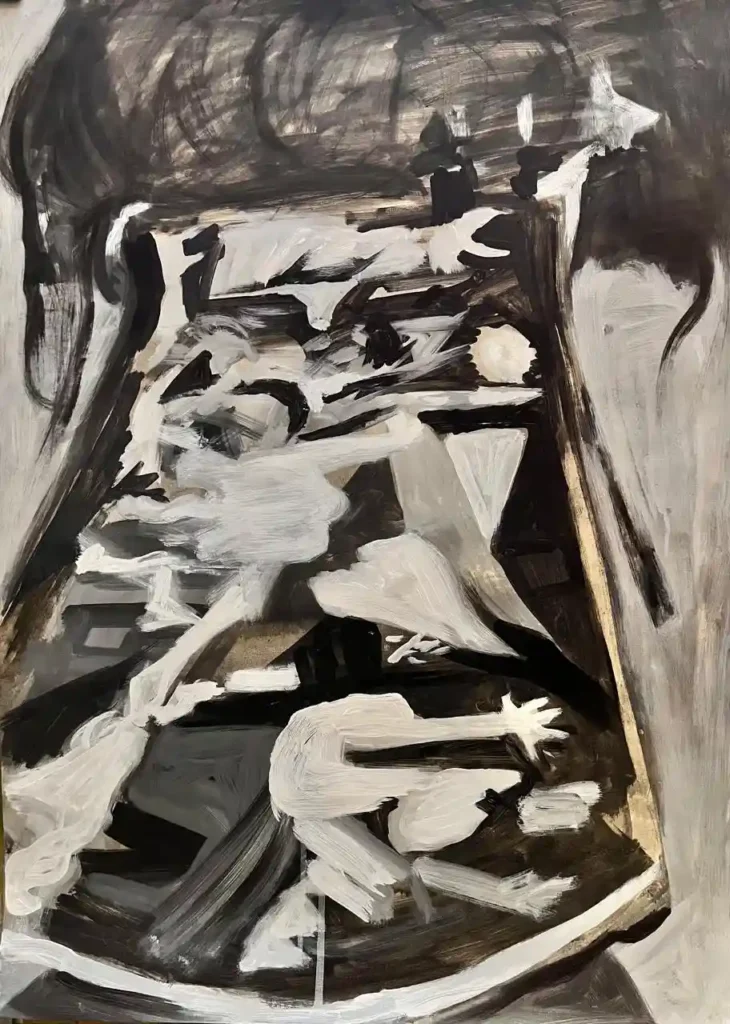
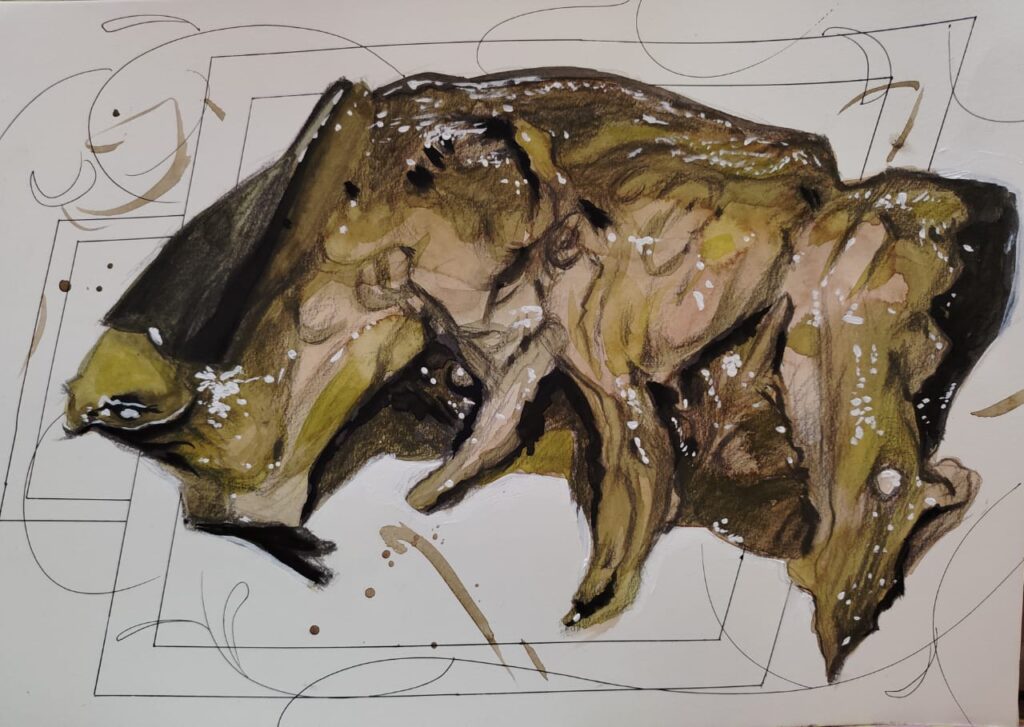

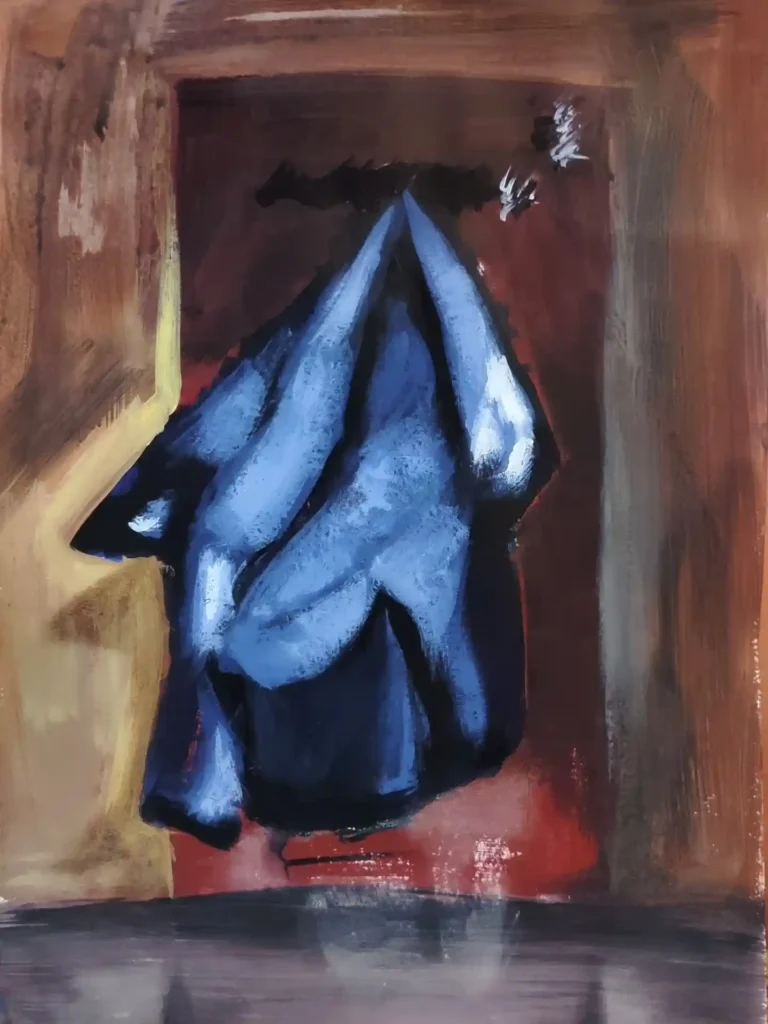

How Artists Apply Geometrical Relatability
The human body offers perfect structure. Artists grid the canvas with that geometry.
Head at the top.
Torso in the center.
Limbs extended to indicate action.
Even in distortion, key positions stay constant. This lets abstract painting maintain a strong message.
When Shapes Move
Repositioning features creates storytelling. A rotated eye can show curiosity. A stretched leg can show motion.
When Nature Becomes Living
Objects take personalities. Cars can look like animals. Trees appear as dancers. Boats feel like birds. This gives most unique art a soul.
Design Helps Communication
Design guides communication. Form carries intention. Audience receives the idea through structure.
Examples from Art Practice
Animal shapes emerge from patterns. A horse head hides in angular strokes. Wings form from triangles. Feet rise from repeated arcs. These scenes develop in inspiring pieces of art.
Hands appear through gesture. Even abstract palms feel touchable. Viewers respond to contact and movement.
Faces appear everywhere. In walls, machines, and symbols. Artists amplify that instinct. They build famous painting moments from almost nothing.
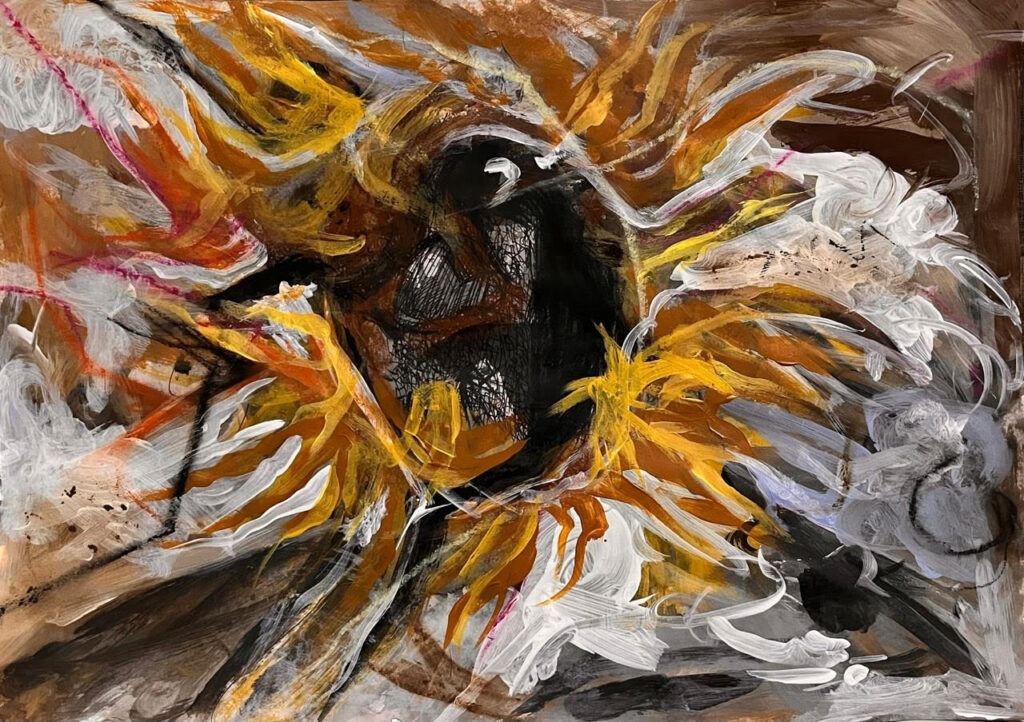

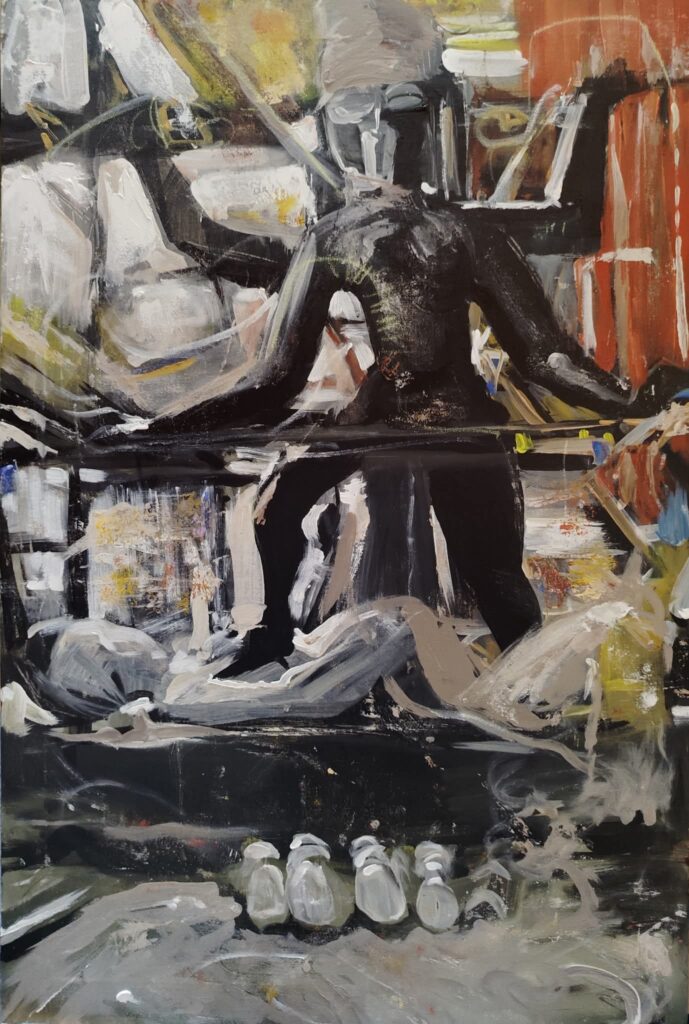
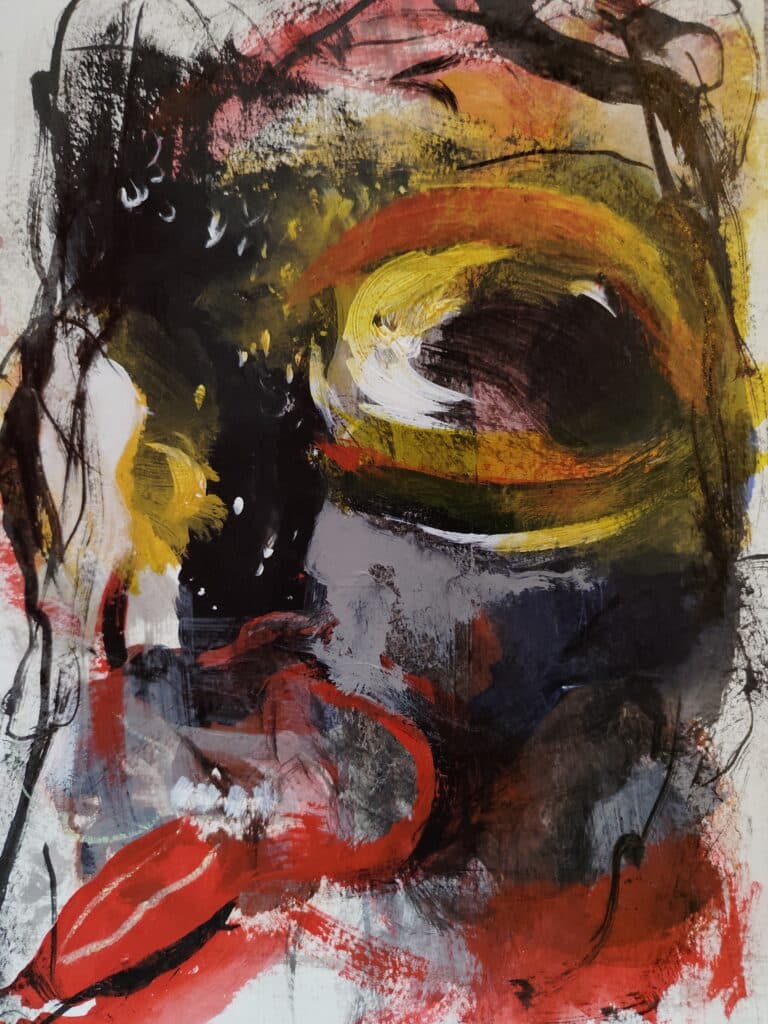
Making Abstract Painting Accessible
Art is communication. Recognition forms the language. Viewers decode shapes. Artists provide hints. Meaning flows between both.
Shared Visual Culture
Every viewer carries memories. They input meaning. They identify shapes. They relate histories.
This shared perception helps spectators enjoy best artwork across eras.
Universal Appeal
Every culture sees eyes and mouths the same way. These positions feel universal. This helps abstract painting travel across borders.
Emotional Presence
Recognition softens fear of the unknown. It invites curiosity. It gives comfort. That feeling builds connection.
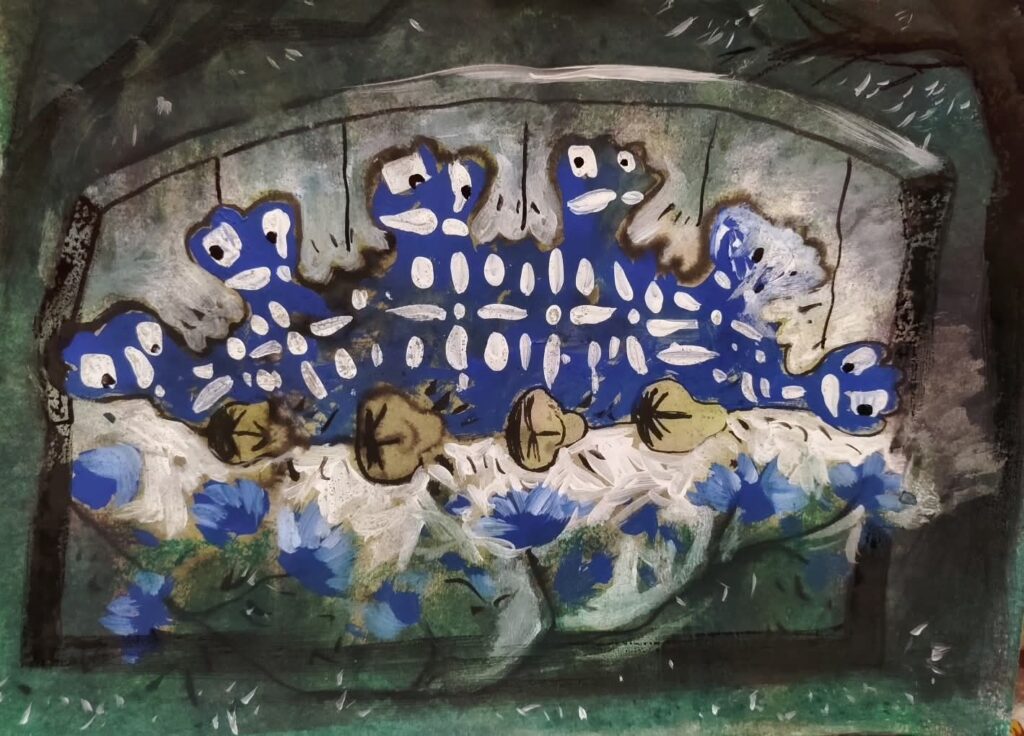
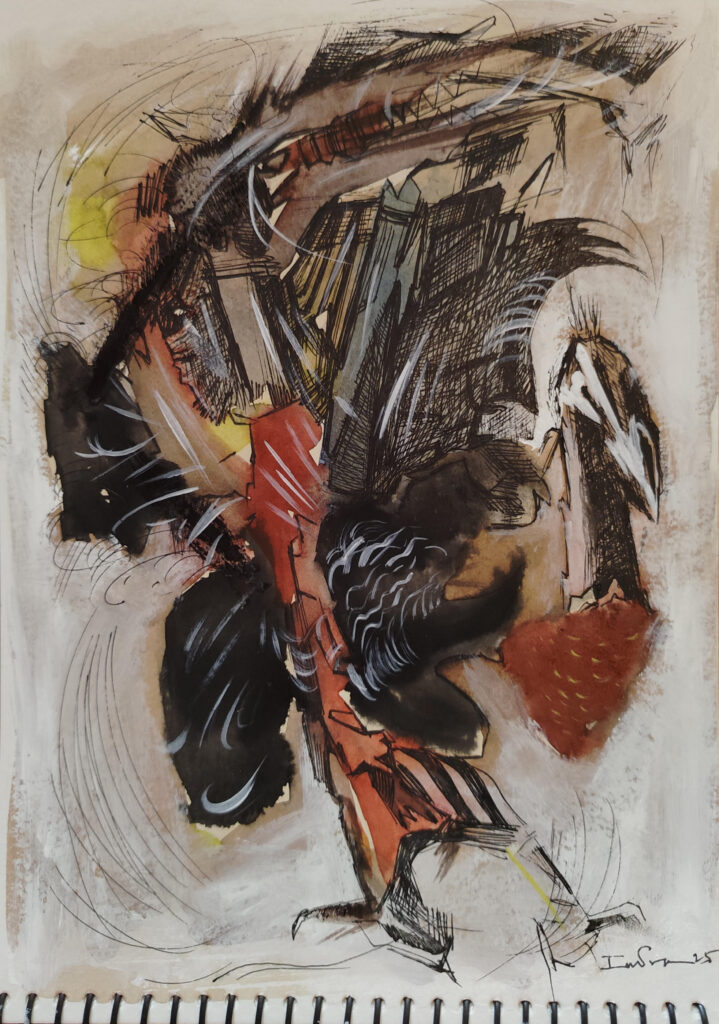
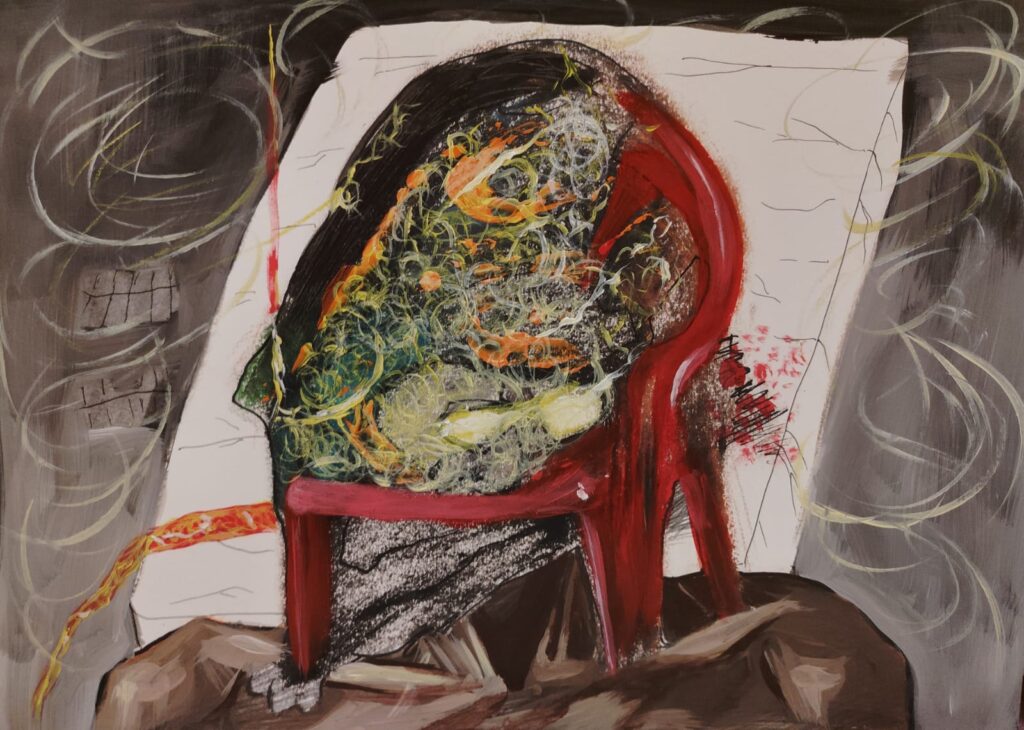

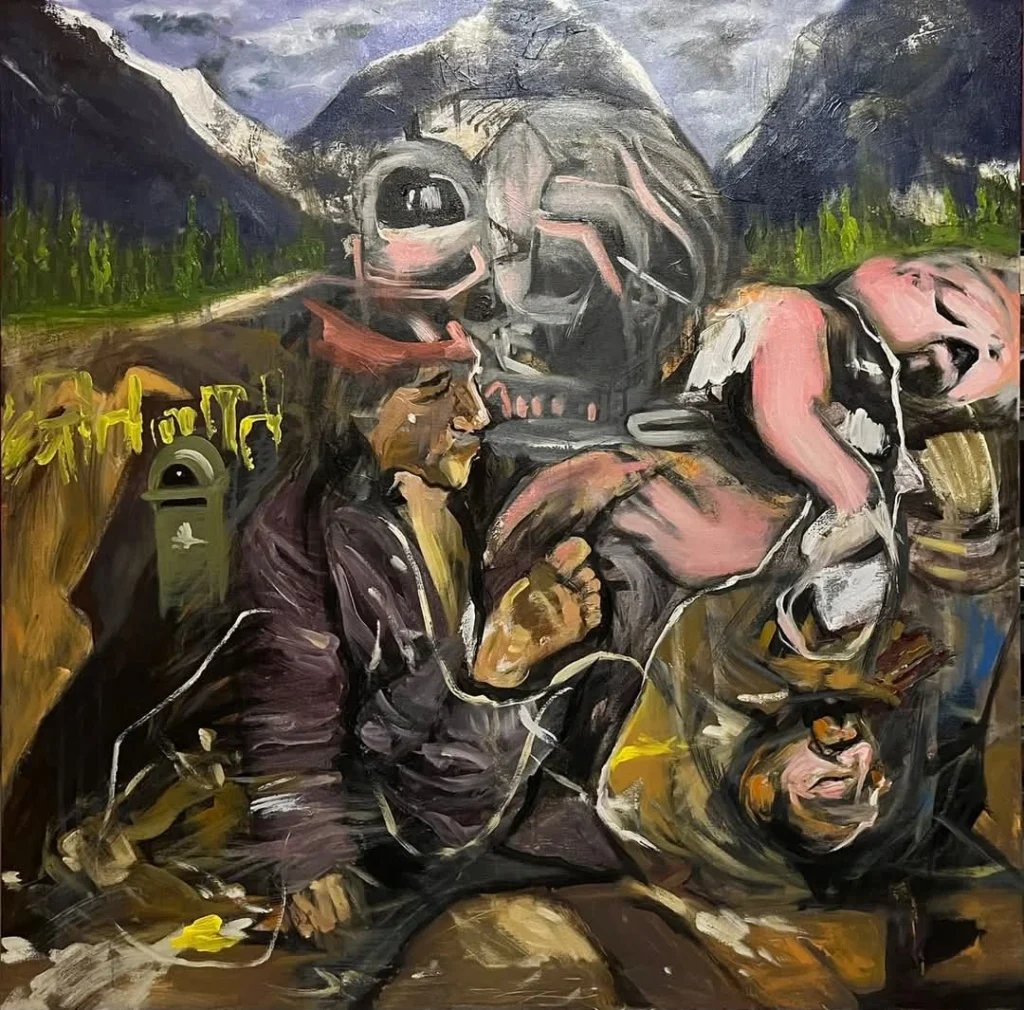
Conclusion: Abstract Painting Connects Through Familiar Forms
Abstract painting uses geometry to relate with viewers. It blends personal imagination with recognizable structure. This approach shapes famous abstract art that feels alive and emotional. It turns shapes into beings. It transforms symbols into stories. Human perception completes every artwork. Relatable forms help art become meaningful. That technique shapes Modern abstract art by Indranil Banerjee and many other inspiring pieces of art today. When structure and abstraction merge, viewers discover the most unique art. They remember the shapes. They enjoy the experience. They celebrate the best artwork through recognition and delight.



